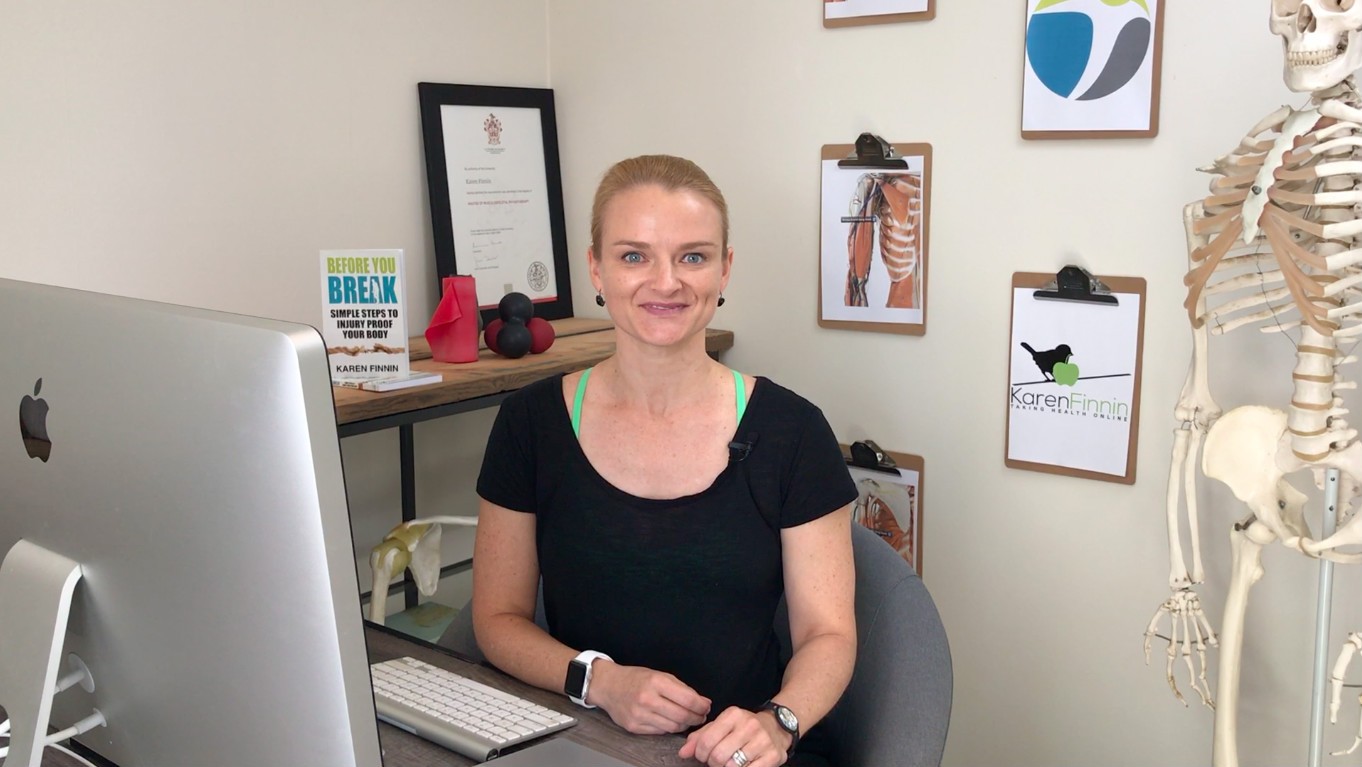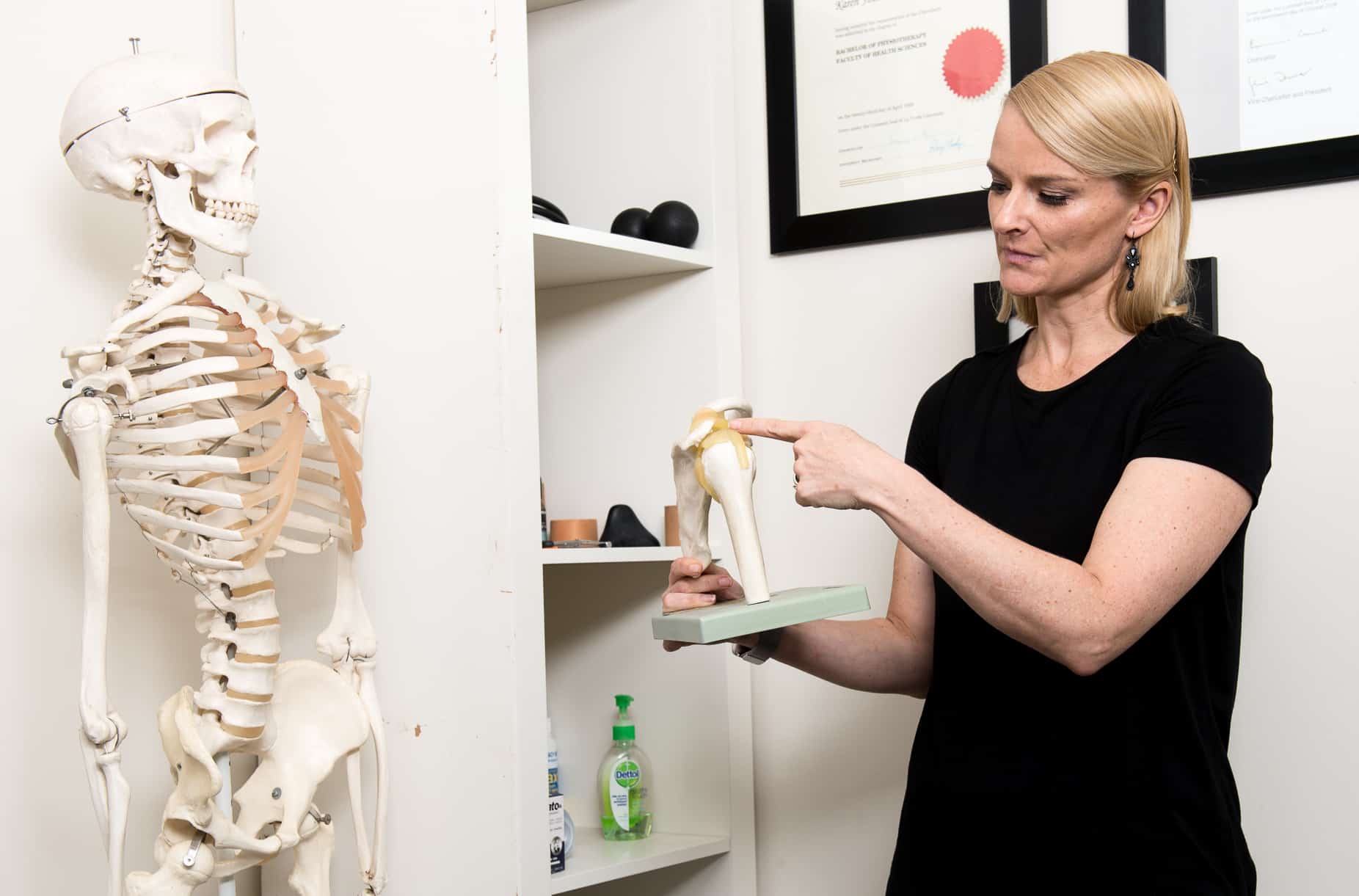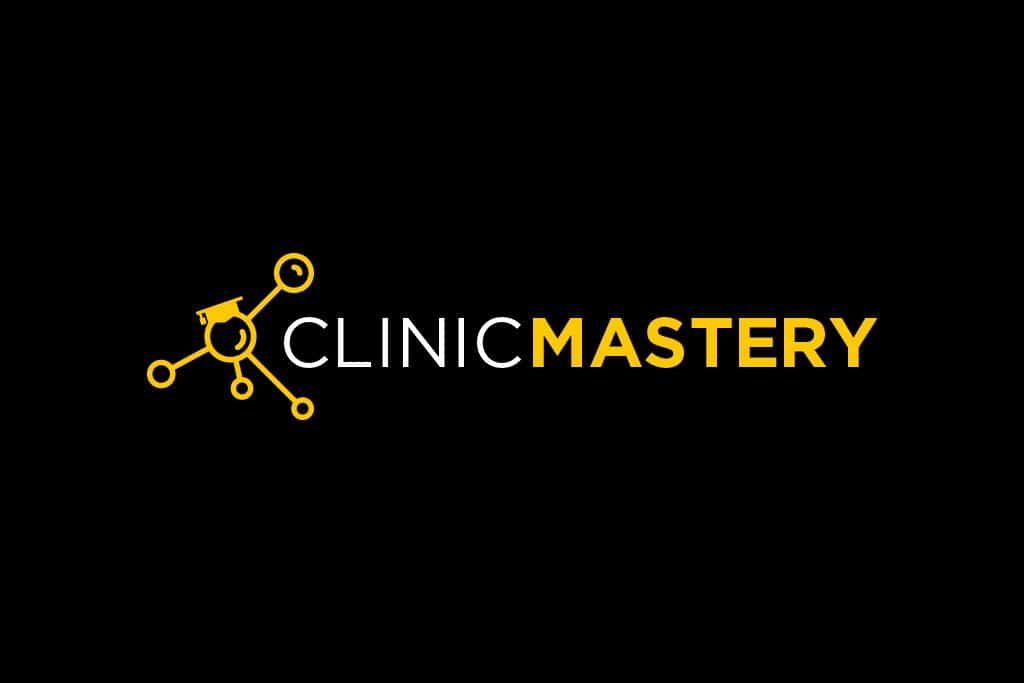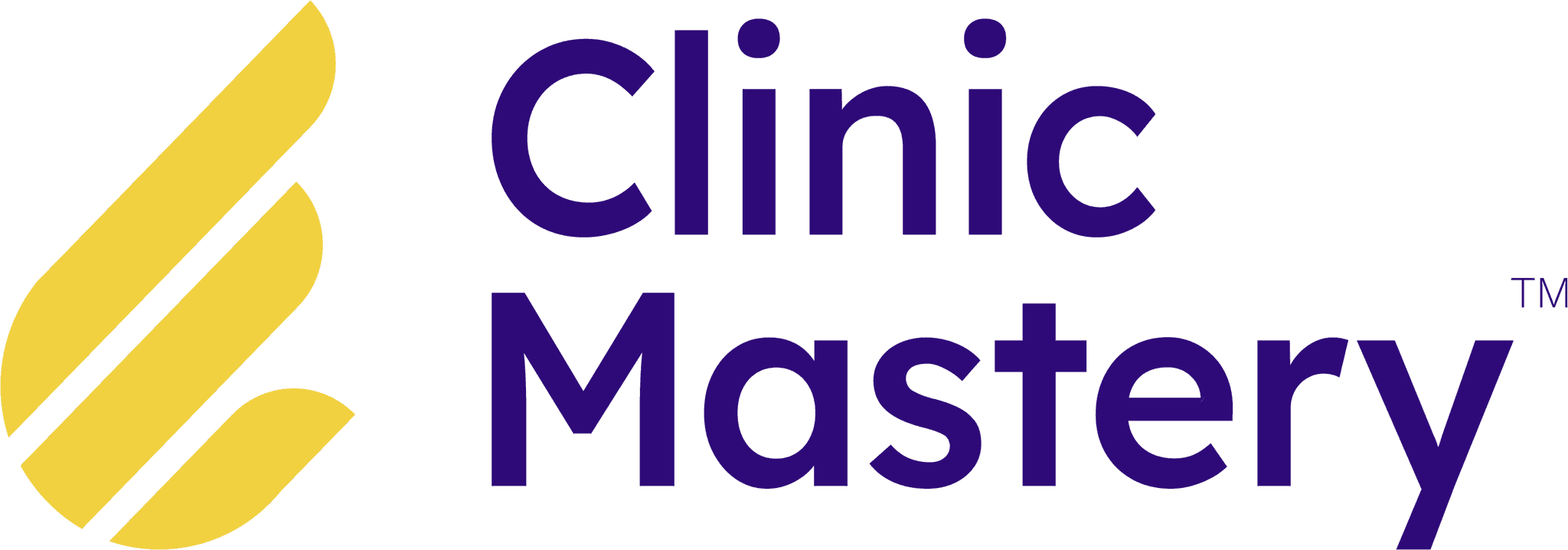Brand & Marketing
•
10 min read
•
Aug 29, 2018
Telehealth Systems: How To Automate Your Online Consultation Process
Why are Telehealth Systems Important?
If you can automate your process, you can save time, save errors, and improve the cost effectiveness of your service.
I have previously written about Creating Seamless Patient Flow in Digital Practice.
That article was all about getting the digital consultation process flowing seamlessly for your patient.
This post is all about how to use technology to make your life easier as a therapist.
I am going to let you peek under the hood to see the ‘behind the scenes’ telehealth systems of our digital practice.
I believe that you can practically replace an administrative person’s role if you set up the ‘back end’ digital flow well.
There are 4 main steps that I have addressed in our telehealth ‘back end’ in order to automate using systems.
These are:
1) Set Up Templates
2) Develop A Digital Procedures Manual
3) Connect Systems Together
4) Create Automated Work Flows
Let’s examine each of these telehealth systems a bit more closely:

1) Set up templates
If I am writing something to someone that I am likely to have to write again, I create a template.
Once I have set these templates up, it is easy for others to use them. It saves them time too. It also ensures that our business has consistency in what we are saying and how we say it.
These are the main areas that I use templates:
My email templates started with commonly asked questions. They then progressed to emails for patients during the consultation process.
I make sure to keep the language in the templates conversational and a touch casual.
I don’t make it seem more formal just because it’s a template.
I always read over the template before sending to ensure that it is relevant, and I always personalize it where I can.
I use Yesware attached to my Gmail to file all of my templates. Gmail has it’s own template storage, but it is more basic doesn’t allow sorting into folders etc.

Clinical Reports
We use Cliniko as our practice management software.
I have set up a template within the ‘treatment notes’ section to generate a summary report for each patient. Clinic Mastery have made a great video with exactly how to do this.
Exercise Programs
We use Physitrack to prescribe exercises. Each time we put a program together for a patient, we save it as a program. This enables us to easily replicate it, and then tailor it, for future patients with similar conditions.

2) Develop A Digital Procedures Manual
I use a Google Site
to list all of the steps required for each task in the online consultation process. Although I know the process off the top of my head, a digital procedures manual helps people new to the process learn the steps quickly and efficiently.
A google site is a company ‘intranet’. It’s like a mini website, but it is not publicly searchable.
I use a google site because it is
cloud based – can be accessed from anywhere
digital – so any updates are immediately current for all users
access controlled – so I can control who has access to what information within the site

3) Connect Systems Together
As you have seen, we use a number of digital systems to complete the tasks within our business. It is therefore crucial that wherever possible, we ensure that these systems ‘talk’. This saves us from repeating steps or entering information twice.
Most of our systems have an ‘API key’ allowing it to link to other systems. I don’t profess to know the magical tech behind this, but it basically allows information to be securely shared.
Example
Cliniko links to Physitrack: a new patient entered into Cliniko will populate in Physitrack
Another way to connect systems it by using Zapier.
Zapier is a cloud based tech service that facilitates the sharing of information and triggering of tasks between platforms.
We use Zapier
When a patient completes their initial assessment form: Zapier activates a workflow in another system
When a person enrolls in a course or has a consultation: Zapier ensures they are added to our email database
When we add a certain tag to an email: Zapier ensures their contact details added to a specific contact list

You have the technology for telehealth in your hands!
4) Create Automated Work Flows
When a patient initiates a consultation with us, a predictable chain of events needs to occur.
We therefore use Tallyfy, a process management tool, to manage the task flow.
Tallyfy allows us to
list the tasks required
assign them to the appropriate person
hide tasks until other ones are completed so they happen in the right order
set deadlines relating to when the previous task is completed
Clearly our Telehealth systems didn’t start out this streamlined! We started simple, and added platforms and automations over time.
Hopefully this post will help you to envision what is possible. Be sure that you develop processes with efficiency in mind.
Got a tool that could help us? Please be sure to message or email me and let me know.
Why are Telehealth Systems Important?
If you can automate your process, you can save time, save errors, and improve the cost effectiveness of your service.
I have previously written about Creating Seamless Patient Flow in Digital Practice.
That article was all about getting the digital consultation process flowing seamlessly for your patient.
This post is all about how to use technology to make your life easier as a therapist.
I am going to let you peek under the hood to see the ‘behind the scenes’ telehealth systems of our digital practice.
I believe that you can practically replace an administrative person’s role if you set up the ‘back end’ digital flow well.
There are 4 main steps that I have addressed in our telehealth ‘back end’ in order to automate using systems.
These are:
1) Set Up Templates
2) Develop A Digital Procedures Manual
3) Connect Systems Together
4) Create Automated Work Flows
Let’s examine each of these telehealth systems a bit more closely:

1) Set up templates
If I am writing something to someone that I am likely to have to write again, I create a template.
Once I have set these templates up, it is easy for others to use them. It saves them time too. It also ensures that our business has consistency in what we are saying and how we say it.
These are the main areas that I use templates:
My email templates started with commonly asked questions. They then progressed to emails for patients during the consultation process.
I make sure to keep the language in the templates conversational and a touch casual.
I don’t make it seem more formal just because it’s a template.
I always read over the template before sending to ensure that it is relevant, and I always personalize it where I can.
I use Yesware attached to my Gmail to file all of my templates. Gmail has it’s own template storage, but it is more basic doesn’t allow sorting into folders etc.

Clinical Reports
We use Cliniko as our practice management software.
I have set up a template within the ‘treatment notes’ section to generate a summary report for each patient. Clinic Mastery have made a great video with exactly how to do this.
Exercise Programs
We use Physitrack to prescribe exercises. Each time we put a program together for a patient, we save it as a program. This enables us to easily replicate it, and then tailor it, for future patients with similar conditions.

2) Develop A Digital Procedures Manual
I use a Google Site
to list all of the steps required for each task in the online consultation process. Although I know the process off the top of my head, a digital procedures manual helps people new to the process learn the steps quickly and efficiently.
A google site is a company ‘intranet’. It’s like a mini website, but it is not publicly searchable.
I use a google site because it is
cloud based – can be accessed from anywhere
digital – so any updates are immediately current for all users
access controlled – so I can control who has access to what information within the site

3) Connect Systems Together
As you have seen, we use a number of digital systems to complete the tasks within our business. It is therefore crucial that wherever possible, we ensure that these systems ‘talk’. This saves us from repeating steps or entering information twice.
Most of our systems have an ‘API key’ allowing it to link to other systems. I don’t profess to know the magical tech behind this, but it basically allows information to be securely shared.
Example
Cliniko links to Physitrack: a new patient entered into Cliniko will populate in Physitrack
Another way to connect systems it by using Zapier.
Zapier is a cloud based tech service that facilitates the sharing of information and triggering of tasks between platforms.
We use Zapier
When a patient completes their initial assessment form: Zapier activates a workflow in another system
When a person enrolls in a course or has a consultation: Zapier ensures they are added to our email database
When we add a certain tag to an email: Zapier ensures their contact details added to a specific contact list

You have the technology for telehealth in your hands!
4) Create Automated Work Flows
When a patient initiates a consultation with us, a predictable chain of events needs to occur.
We therefore use Tallyfy, a process management tool, to manage the task flow.
Tallyfy allows us to
list the tasks required
assign them to the appropriate person
hide tasks until other ones are completed so they happen in the right order
set deadlines relating to when the previous task is completed
Clearly our Telehealth systems didn’t start out this streamlined! We started simple, and added platforms and automations over time.
Hopefully this post will help you to envision what is possible. Be sure that you develop processes with efficiency in mind.
Got a tool that could help us? Please be sure to message or email me and let me know.
Why are Telehealth Systems Important?
If you can automate your process, you can save time, save errors, and improve the cost effectiveness of your service.
I have previously written about Creating Seamless Patient Flow in Digital Practice.
That article was all about getting the digital consultation process flowing seamlessly for your patient.
This post is all about how to use technology to make your life easier as a therapist.
I am going to let you peek under the hood to see the ‘behind the scenes’ telehealth systems of our digital practice.
I believe that you can practically replace an administrative person’s role if you set up the ‘back end’ digital flow well.
There are 4 main steps that I have addressed in our telehealth ‘back end’ in order to automate using systems.
These are:
1) Set Up Templates
2) Develop A Digital Procedures Manual
3) Connect Systems Together
4) Create Automated Work Flows
Let’s examine each of these telehealth systems a bit more closely:

1) Set up templates
If I am writing something to someone that I am likely to have to write again, I create a template.
Once I have set these templates up, it is easy for others to use them. It saves them time too. It also ensures that our business has consistency in what we are saying and how we say it.
These are the main areas that I use templates:
My email templates started with commonly asked questions. They then progressed to emails for patients during the consultation process.
I make sure to keep the language in the templates conversational and a touch casual.
I don’t make it seem more formal just because it’s a template.
I always read over the template before sending to ensure that it is relevant, and I always personalize it where I can.
I use Yesware attached to my Gmail to file all of my templates. Gmail has it’s own template storage, but it is more basic doesn’t allow sorting into folders etc.

Clinical Reports
We use Cliniko as our practice management software.
I have set up a template within the ‘treatment notes’ section to generate a summary report for each patient. Clinic Mastery have made a great video with exactly how to do this.
Exercise Programs
We use Physitrack to prescribe exercises. Each time we put a program together for a patient, we save it as a program. This enables us to easily replicate it, and then tailor it, for future patients with similar conditions.

2) Develop A Digital Procedures Manual
I use a Google Site
to list all of the steps required for each task in the online consultation process. Although I know the process off the top of my head, a digital procedures manual helps people new to the process learn the steps quickly and efficiently.
A google site is a company ‘intranet’. It’s like a mini website, but it is not publicly searchable.
I use a google site because it is
cloud based – can be accessed from anywhere
digital – so any updates are immediately current for all users
access controlled – so I can control who has access to what information within the site

3) Connect Systems Together
As you have seen, we use a number of digital systems to complete the tasks within our business. It is therefore crucial that wherever possible, we ensure that these systems ‘talk’. This saves us from repeating steps or entering information twice.
Most of our systems have an ‘API key’ allowing it to link to other systems. I don’t profess to know the magical tech behind this, but it basically allows information to be securely shared.
Example
Cliniko links to Physitrack: a new patient entered into Cliniko will populate in Physitrack
Another way to connect systems it by using Zapier.
Zapier is a cloud based tech service that facilitates the sharing of information and triggering of tasks between platforms.
We use Zapier
When a patient completes their initial assessment form: Zapier activates a workflow in another system
When a person enrolls in a course or has a consultation: Zapier ensures they are added to our email database
When we add a certain tag to an email: Zapier ensures their contact details added to a specific contact list

You have the technology for telehealth in your hands!
4) Create Automated Work Flows
When a patient initiates a consultation with us, a predictable chain of events needs to occur.
We therefore use Tallyfy, a process management tool, to manage the task flow.
Tallyfy allows us to
list the tasks required
assign them to the appropriate person
hide tasks until other ones are completed so they happen in the right order
set deadlines relating to when the previous task is completed
Clearly our Telehealth systems didn’t start out this streamlined! We started simple, and added platforms and automations over time.
Hopefully this post will help you to envision what is possible. Be sure that you develop processes with efficiency in mind.
Got a tool that could help us? Please be sure to message or email me and let me know.
Why are Telehealth Systems Important?
If you can automate your process, you can save time, save errors, and improve the cost effectiveness of your service.
I have previously written about Creating Seamless Patient Flow in Digital Practice.
That article was all about getting the digital consultation process flowing seamlessly for your patient.
This post is all about how to use technology to make your life easier as a therapist.
I am going to let you peek under the hood to see the ‘behind the scenes’ telehealth systems of our digital practice.
I believe that you can practically replace an administrative person’s role if you set up the ‘back end’ digital flow well.
There are 4 main steps that I have addressed in our telehealth ‘back end’ in order to automate using systems.
These are:
1) Set Up Templates
2) Develop A Digital Procedures Manual
3) Connect Systems Together
4) Create Automated Work Flows
Let’s examine each of these telehealth systems a bit more closely:

1) Set up templates
If I am writing something to someone that I am likely to have to write again, I create a template.
Once I have set these templates up, it is easy for others to use them. It saves them time too. It also ensures that our business has consistency in what we are saying and how we say it.
These are the main areas that I use templates:
My email templates started with commonly asked questions. They then progressed to emails for patients during the consultation process.
I make sure to keep the language in the templates conversational and a touch casual.
I don’t make it seem more formal just because it’s a template.
I always read over the template before sending to ensure that it is relevant, and I always personalize it where I can.
I use Yesware attached to my Gmail to file all of my templates. Gmail has it’s own template storage, but it is more basic doesn’t allow sorting into folders etc.

Clinical Reports
We use Cliniko as our practice management software.
I have set up a template within the ‘treatment notes’ section to generate a summary report for each patient. Clinic Mastery have made a great video with exactly how to do this.
Exercise Programs
We use Physitrack to prescribe exercises. Each time we put a program together for a patient, we save it as a program. This enables us to easily replicate it, and then tailor it, for future patients with similar conditions.

2) Develop A Digital Procedures Manual
I use a Google Site
to list all of the steps required for each task in the online consultation process. Although I know the process off the top of my head, a digital procedures manual helps people new to the process learn the steps quickly and efficiently.
A google site is a company ‘intranet’. It’s like a mini website, but it is not publicly searchable.
I use a google site because it is
cloud based – can be accessed from anywhere
digital – so any updates are immediately current for all users
access controlled – so I can control who has access to what information within the site

3) Connect Systems Together
As you have seen, we use a number of digital systems to complete the tasks within our business. It is therefore crucial that wherever possible, we ensure that these systems ‘talk’. This saves us from repeating steps or entering information twice.
Most of our systems have an ‘API key’ allowing it to link to other systems. I don’t profess to know the magical tech behind this, but it basically allows information to be securely shared.
Example
Cliniko links to Physitrack: a new patient entered into Cliniko will populate in Physitrack
Another way to connect systems it by using Zapier.
Zapier is a cloud based tech service that facilitates the sharing of information and triggering of tasks between platforms.
We use Zapier
When a patient completes their initial assessment form: Zapier activates a workflow in another system
When a person enrolls in a course or has a consultation: Zapier ensures they are added to our email database
When we add a certain tag to an email: Zapier ensures their contact details added to a specific contact list

You have the technology for telehealth in your hands!
4) Create Automated Work Flows
When a patient initiates a consultation with us, a predictable chain of events needs to occur.
We therefore use Tallyfy, a process management tool, to manage the task flow.
Tallyfy allows us to
list the tasks required
assign them to the appropriate person
hide tasks until other ones are completed so they happen in the right order
set deadlines relating to when the previous task is completed
Clearly our Telehealth systems didn’t start out this streamlined! We started simple, and added platforms and automations over time.
Hopefully this post will help you to envision what is possible. Be sure that you develop processes with efficiency in mind.
Got a tool that could help us? Please be sure to message or email me and let me know.




Article by
Daniel Gibbs
After winning the Telstra Business Award I started getting phone calls from other clinic owners who wanted help, and that’s how Clinic Mastery was born.
How Does Your Clinic Score?
Discover your Clinic Score & Amplify your Impact with Clinics Mastery’s Assess Your Clinic™ Scorecard. Get a rating for the 7 Degrees of Business that you need to master.
Assess Your Clinic
How Does Your Clinic Score?
Discover your Clinic Score & Amplify your Impact with Clinics Mastery’s Assess Your Clinic™ Scorecard. Get a rating for the 7 Degrees of Business that you need to master.
Assess Your Clinic
How Does Your Clinic Score?
Discover your Clinic Score & Amplify your Impact with Clinics Mastery’s Assess Your Clinic™ Scorecard. Get a rating for the 7 Degrees of Business that you need to master.
Assess Your Clinic
Latest
From the Blog
Latest
From the Blog
Latest







